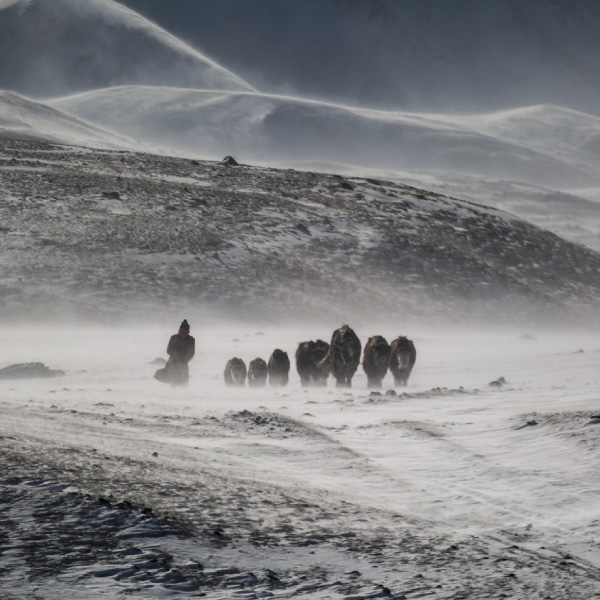Our Virtual Tour Of Eastern Mongolia
If you were to describe Mongolia in one word, the word that would spring to mind is ‘vast’, vast landscapes, vast skies, and vast horizons. Nowhere is more vast than the landscapes that form the eastern landscapes. Eastern Mongolia is dominated culturally by the history of Chinggis Khan, the Khan Khentii Mountains (stretching 200km across Khentii Province to the northern border with Siberia) and extensive stretching grassland (steppes).
Three of Mongolia’s provinces cover eastern Mongolia – Khentii, Dornod and Sukhbaatar.

The landscapes within this region very much mirror the description by travel writer Stanley Stewart in his book In the Empire of Genghis Khan: A Journey Among Nomads:
‘From the air Mongolia looks like God’s preliminary sketch for earth, not so much a country as the ingredients out of which countries are made: grass, rock, water and wind.’
An Introduction to Eastern Mongolia
Where To Visit In Eastern Mongolia?
The interactive map below is not the ultimate list but it shows some ideas based on 15 years of living and working in Mongolia and from our ongoing research. Traditionally, all journeys go in a clockwise direction in Mongolia, so this one does as well.
For Mongolian Pride
It’s not every country that boasts a 131 ft high stainless steel statue of Chinggis Khan.
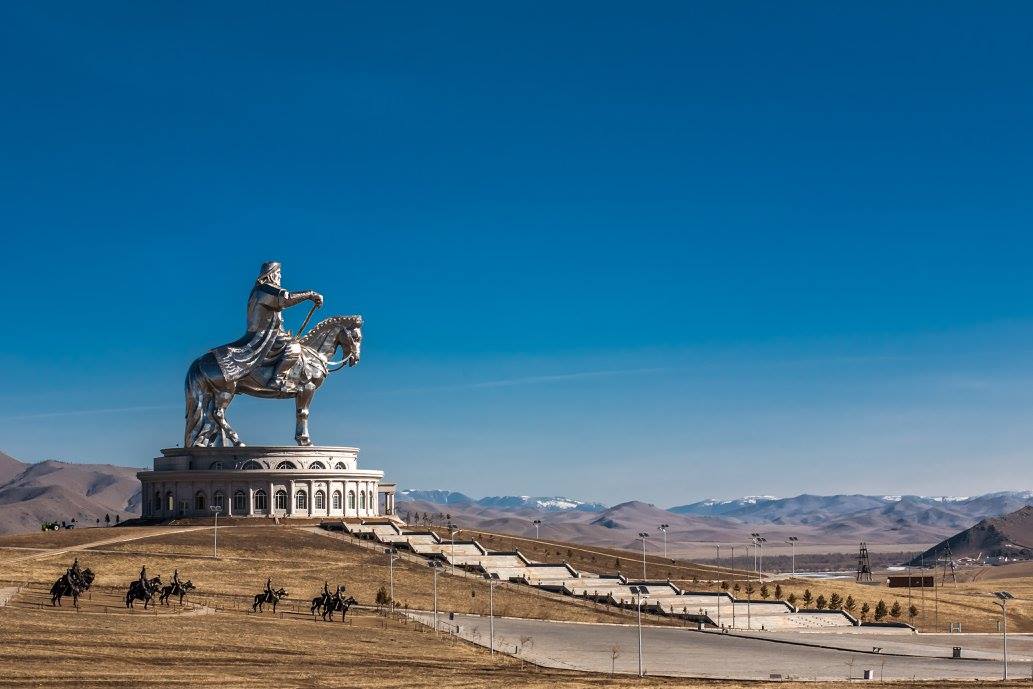
Proudly designed by Mongolian sculptor D. Erdenebileg and Mongolian architect J. Enkhjargal it was the brainchild of the Mongolian Genco company. The statue is said to represent the power and courage of Chinggis Khan and is also said to be located at the site where he found the golden whip that inspired his future conquests. One legend states that he found the golden whip when he was travelling to the Khereid tribe to ask for help. Chinggis felt that finding the whip was a message from Tenger (the god of the Eternal Blue Sky) and it motivated him to achieve his wish of becoming ruler of the Mongol tribes. Learn more here – https://www.eternal-landscapes.co.uk/visit-chinggis-khan-statue-mongolia/
For Wildlife
The steppe region in eastern Mongolia remains one of the most intact examples of Eurasian steppe and grasslands in the world including feather grasses and caragana. It really is a sea of grass stretching over hundreds of kilometres and one of the last regions that can support stable herds of larger vertebrates including gazelle.


For History

The Secret History of the Mongols is the first Mongol account of their world and is said to be a mixture of myth, legend and reality. The Secret History states that Chinggis Khan was born in Khentii Province in the twelfth century at the headwaters of the Onon and Kherlen rivers, near the border of modern Mongolia and Siberia. In the twelfth century, dozens of tribes and clans lived on the steppe in shifting combinations. The Mongols were divided into many small bands headed by a chief or khan loosely based on kinship ties. The economic base of these nomadic tribes was herding, hunting and trading. Raids and kidnapping were common.
The homeland of the Mongol tribe was based around the holy mountain of Burkhan Khaldun – God Mountain. Burkhan Khaldun was considered the khan (king) of the area, the earthly place closest to the Eternal Blue Sky and the sacred heart of the Mongol heartland. Chinggis Khan had a long and intimate spiritual relationship with the mountain and the protection he believed it provided – he considered it the source of his strength.
For Buddhist Culture
Historically, the Mongols practised ancestral shamanism. They worshipped the Eternal Blue Sky (Tenger) and the spiritual forces of nature. Chinggis Khan believed that he conquered with the rule of Tenger – the supreme god of the Eternal Blue Sky.
Mongolia is known as the ‘Land of the Eternal Blue Sky,’ and elements of shamanism remain a comfortable and unselfconscious part of Mongolian life. However, Buddhism is the predominant religion and Buddhism in the Mongolian context means Tibetan Buddhism in its Mongolian form. Tibetan Buddhism found a foothold in Mongolia from the late 16th century onwards – undergoing distinctive changes and adaptations in the Mongolian cultural setting.
Before the arrival of communism in the 1920s, the only major permanent settlements in Mongolia were the monasteries – often sited at the junction of trade or migration routes or even summer pastures. As well as being a place of worship and pilgrimage they were also at the centre of an estate of livestock, pasture, and people. There were up to six hundred monasteries and temples spread over the country, with up to one-third of the male population leading a monastic life. Although partly destroyed in the Stalinist purges of the 1930s, Baldan Bereeven Monastery was once one of Mongolia’s most influential.
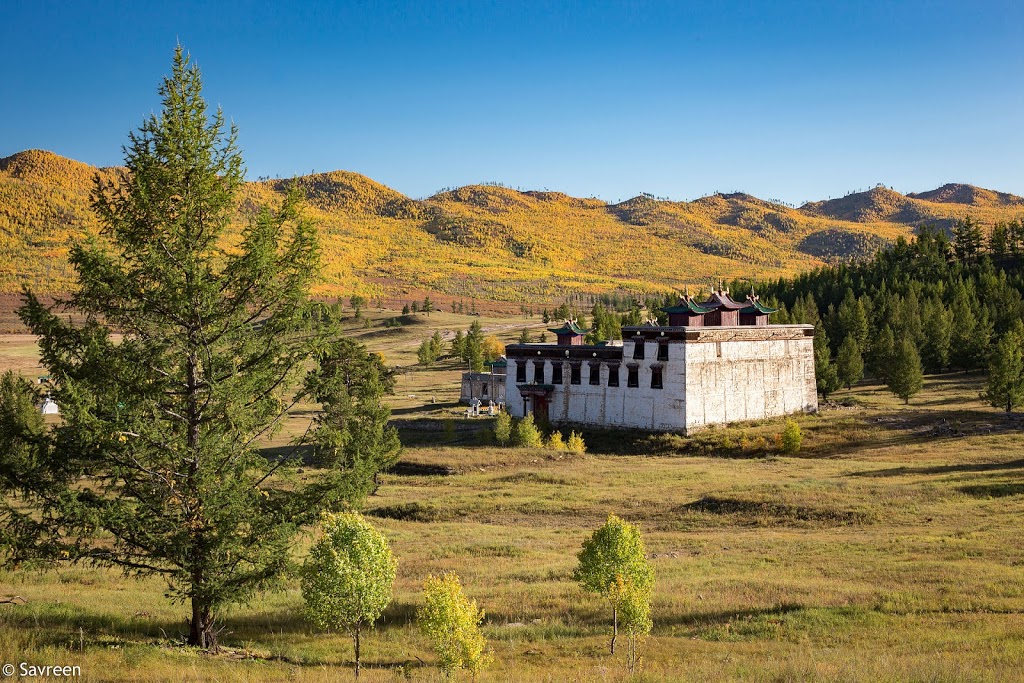
For Surprises
The Dariganga region is located in the wind-scoured lowlands of south-eastern Sukhbaatar Aimag where the grasslands of the northern steppe and the expanse of the Gobi converge. It is a unique landscape consisting of over 200 extinct volcanic lava and cinder cones, typically ranging in height from 25m to 300m and varying from partially eroded to wholly preserved.

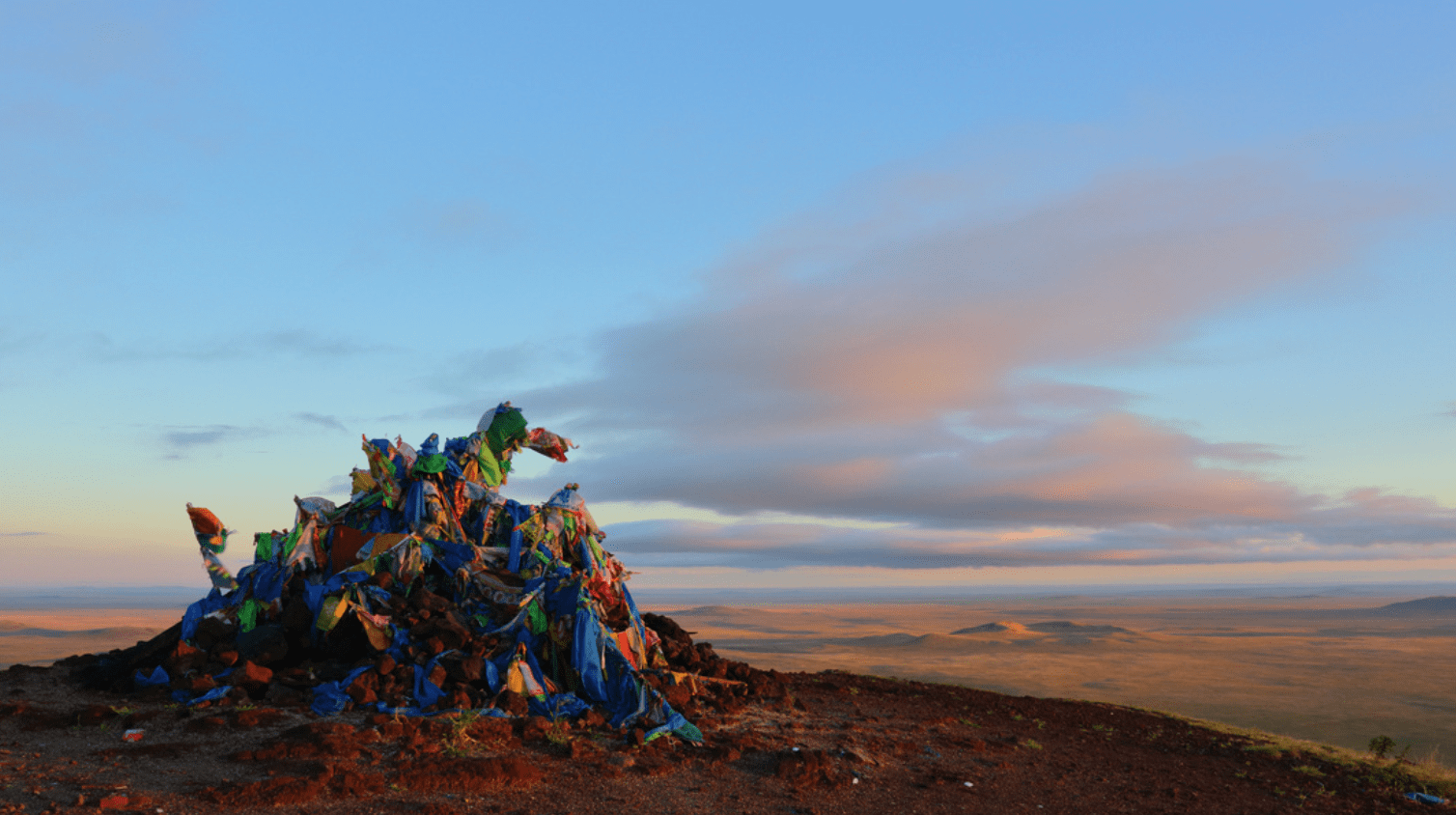

For Mongolian Legends

For Unique Transport Options
To cross the Onon Gol in Khentii Aimag, you have to cross the Onon Gol and to do this we always use the birvaz. The what? The birvaz is one of my favourite inventions – a floating platform on a pulley system that crosses the river – used by locals with their motorbikes or in this case, by EL with our Furgon van. Tserendorj is the operator and crossing the river this way gives you time to discuss the weather, the state of the Mongolian economy and to count fish. If on your arrival you can’t find Tserendorj then first check the river as he is prone to having a quick (icy) dip between ferry crossings. Learn more – https://www.eternal-landscapes.co.uk/how-to-cross-a-mongolian-river-2/
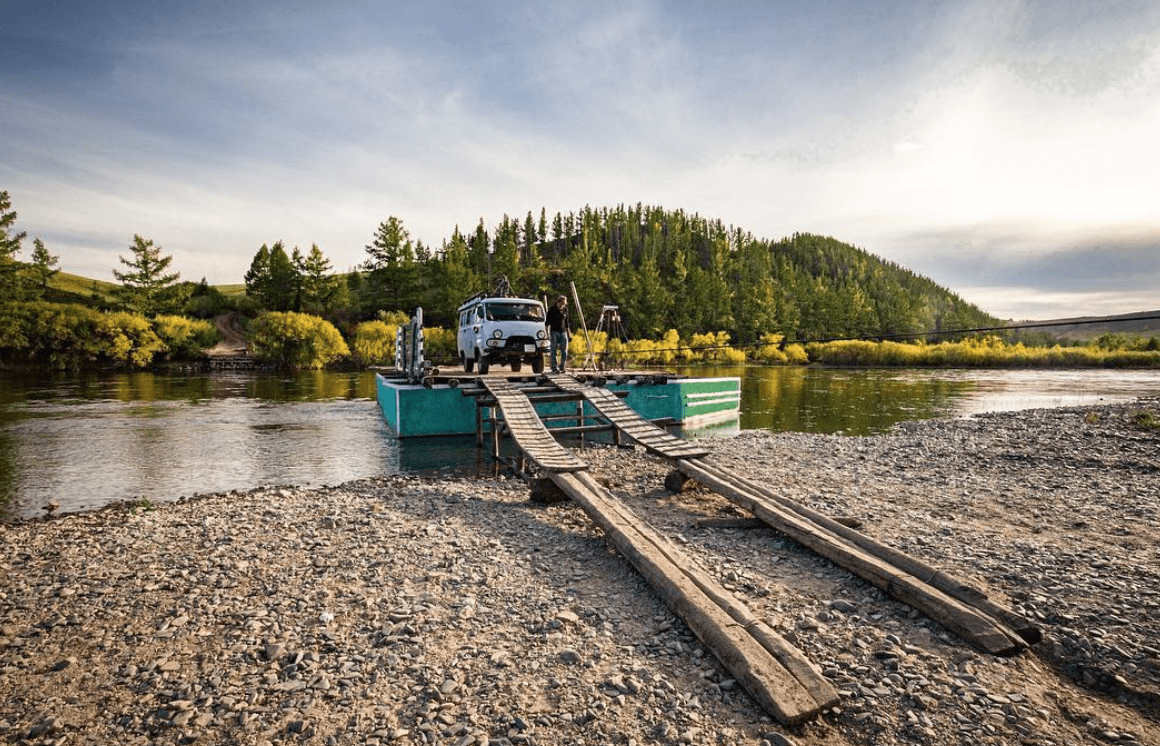
If you’re interested in experiencing eastern Mongolia with us once Mongolia is open to travel again after the coronavirus pandemic, look at our range of Mongolia tours and experiences for ideas or our National Parks & Nature Reserves small group experience which departs in late August.
Jess @ Eternal Landscapes






